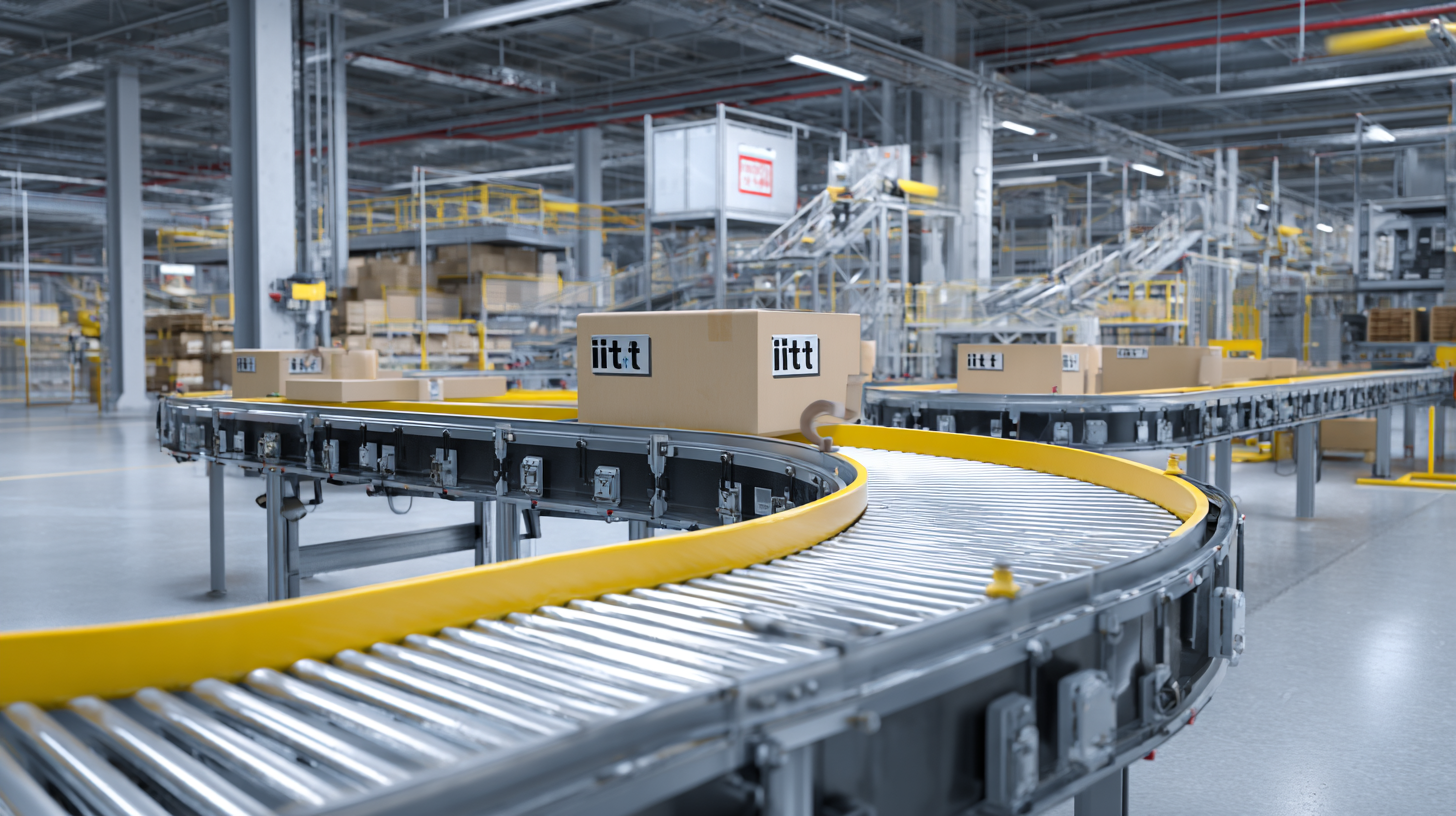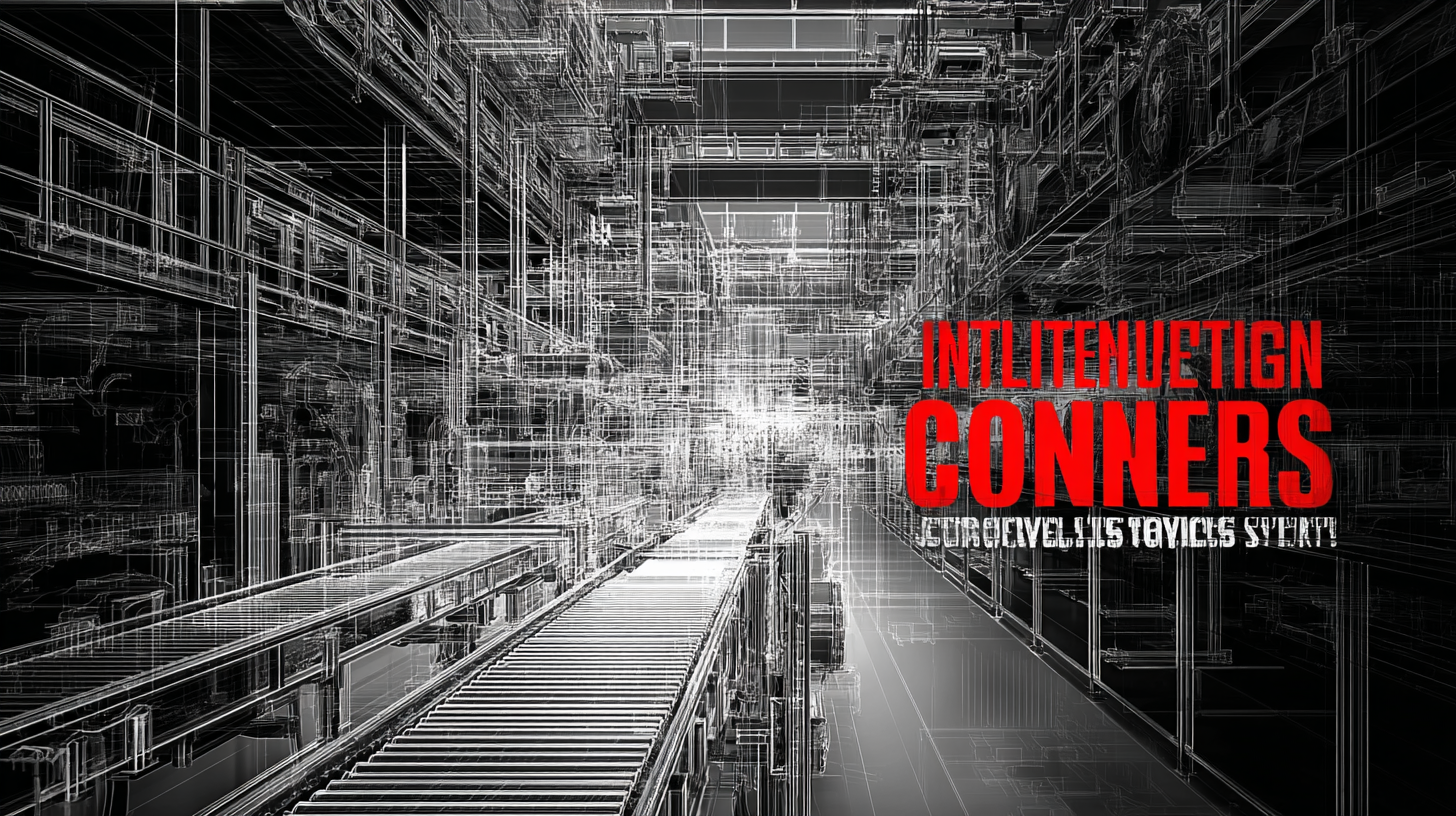In today's rapidly evolving industrial landscape, the selection of the right Intelligent Conveyor Systems is crucial for optimizing operational efficiency and reducing costs. As businesses strive to enhance productivity and streamline their processes, understanding the various features and capabilities of these systems becomes imperative. This ultimate guide delves into the essential aspects of choosing the most suitable Intelligent Conveyor Systems tailored to your business needs. We will explore the advantages of after-sales service, highlight maintenance costs, and provide valuable tips to help you make informed decisions. With a focus on integrating innovative technologies, this guide aims to equip you with the knowledge you need to leverage intelligent conveyor systems effectively, ensuring you remain competitive in an increasingly automated world.

When selecting intelligent conveyor systems for your business, understanding industry standards is crucial. The global conveyor belt market, estimated at $6.6 billion in 2023, is projected to reach $8.8 billion by 2030, with a CAGR of 4.2%. This growth reflects the increasing integration of intelligent systems in logistics, driven by the demands for efficiency and automation. Stakeholders can expect that advancements in technology, such as PLC-based laser scanning systems for surface monitoring, will play a significant role in enhancing operational safety and reliability.
In particular, the trend towards intelligent conveyors is transforming various sectors, including medical device manufacturing. These systems address unique challenges like stringent regulations and limited cleanroom space, allowing for modular assembly that optimizes production efficiency. Furthermore, the mining conveyor system industry alone is expected to grow to $359.4 million by 2032, showcasing a robust demand for innovative, industry-specific solutions. As businesses integrate these intelligent conveyor systems, they not only improve their operational capabilities but also align with evolving market standards and future-proof their logistics strategies.
| Feature | Importance | Industry Standard | Recommended Specifications |
|---|---|---|---|
| Load Capacity | Critical for Efficiency | ISO 9001 | Up to 2000 kg |
| Speed | Affects Production Rate | ASTM E2875 | Up to 90 m/min |
| Energy Efficiency | Cost Saving | ISO 50001 | Min. 20% energy reduction |
| Flexibility and Modularity | Adaptability to Needs | CE Marking | Customizable components |
| Control Systems | Automation Capability | IEC 61131 | Support for IoT protocols |
When selecting intelligent conveyor systems for your business, it is crucial to consider key features that will enhance efficiency and productivity. One of the primary features to look for is advanced automation capabilities. Intelligent conveyor systems equipped with automation can optimize the flow of materials, reduce manual labor, and minimize human error, resulting in a seamless operational process. Additionally, systems that incorporate real-time monitoring and analytics can provide valuable insights into performance metrics, allowing for proactive maintenance and timely interventions.
Another essential feature is adaptability to various product types and sizes. A conveyor system that can easily adjust to accommodate different items ensures versatility in handling diverse materials, which is particularly beneficial for businesses with fluctuating product lines. Moreover, look for systems with high interoperability, allowing integration with other equipment and technologies, such as automated storage solutions and inventory management systems. Such flexibility not only enhances operational efficiency but also supports scalability as your business grows. Ultimately, investing in a conveyor system that embodies these key features will significantly contribute to achieving enhanced productivity and streamlined operations.

When selecting an intelligent conveyor system for your business, it's essential to assess its compatibility with your specific needs. Begin by evaluating your workflow and identifying key processes that require automation. Understanding your operational demands will help you pinpoint which features are critical for your conveyor system. Consider factors such as load capacity, speed requirements, and the types of materials being transported, as these elements play a crucial role in determining the overall efficiency of your system.
Tips: Create a checklist of your requirements, including dimensions, safety features, and flexibility in adapting to future growth. This will serve as a reference when comparing different systems. Additionally, engage with stakeholders from various departments to gather insights on how the conveyor system will integrate into existing workflows, ensuring a collaborative assessment process.
Another critical aspect is assessing the technology that underpins the conveyor system. Evaluate the software capabilities, including real-time monitoring, predictive maintenance, and data analytics. These features can significantly enhance operational efficiency and provide valuable insights into your business processes.
Tips: Look for systems that offer seamless integration with your existing software infrastructure. A user-friendly interface can also contribute to smoother training and implementation, amplifying the benefits across your organization.
When considering intelligent conveyor systems for your business, evaluating the balance between cost and efficiency is crucial. A robust system can enhance productivity, streamline operations, and ultimately improve your bottom line. However, the initial investment must be weighed against the long-term benefits. Assessing the total cost of ownership, which includes installation, maintenance, and operational expenses, will provide a clearer picture of your return on investment.
Tip: Start by conducting a thorough needs assessment to identify which features will deliver the most value to your operations. Consider aspects like throughput, load capacity, and compatibility with existing systems. These elements will help you prioritize your requirements and guide your purchasing decisions.

Moreover, efficiency metrics such as throughput time, energy consumption, and user-friendliness should be included in your evaluation. These factors not only affect operational effectiveness but also indicate how a system can adapt to future scale-ups.
Tip: Reach out to vendors for demonstrations and case studies, allowing you to see first-hand the performance of their systems in action. This will enable you to make informed decisions based on empirical data rather than just promises.
The implementation and integration of intelligent conveyor systems are crucial for optimizing logistics operations in today's competitive market. As more logistics integrators focus on automating their processes, it is essential for businesses to make informed decisions when selecting conveyor systems. According to recent industry reports, the market for automated guided vehicles (AGV) and autonomous mobile robots (AMR) is projected to reach substantial growth, indicating a shift towards automation in logistics.
To ensure successful integration of conveyor systems, businesses should consider a few key tips. First, assess the specific needs of your operations, including the types of products being handled and the scale of your logistics activities. Tailoring conveyor systems to your unique requirements will enhance efficiency. Additionally, engage with experienced logistics integrators who can provide insights into the latest technological advancements and help streamline the implementation process.
Another important tip is to prioritize employee training during the integration phase. Investing time in training ensures that your team is competent in utilizing the new systems, which can lead to improved productivity and reduced downtime. By keeping these strategies in mind, businesses can effectively navigate the complexities of integrating intelligent conveyor systems and stay ahead in the logistics landscape.
This chart compares key features of intelligent conveyor systems that businesses should consider when selecting a system based on their specific needs. The dimensions include speed, load capacity, energy efficiency, ease of integration, and maintenance frequency.
